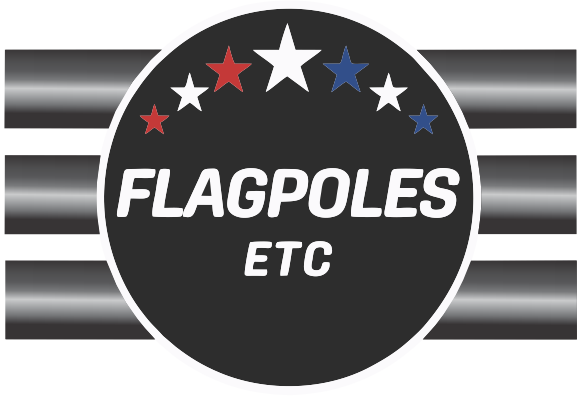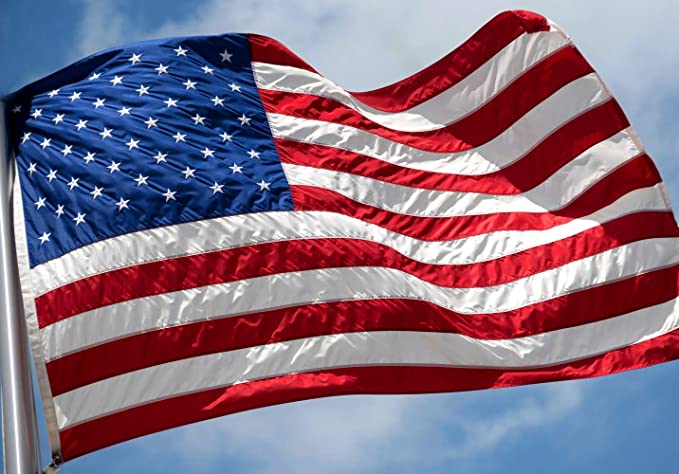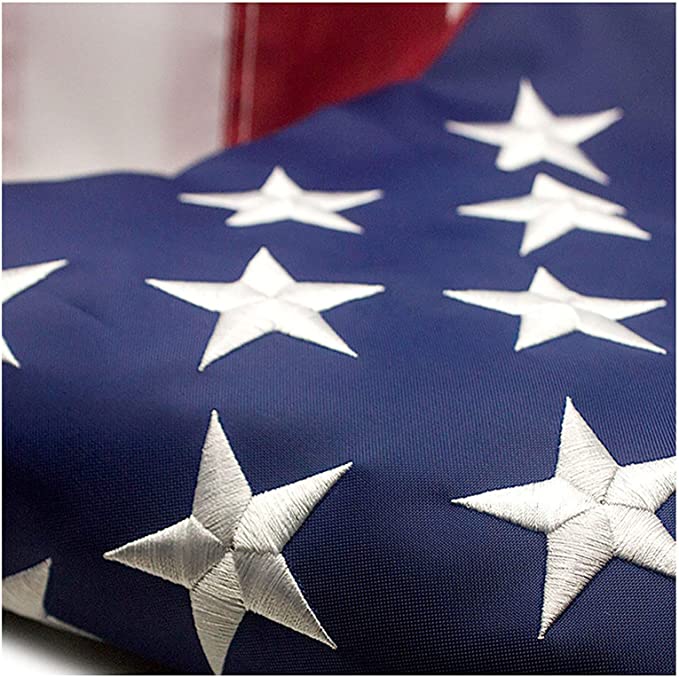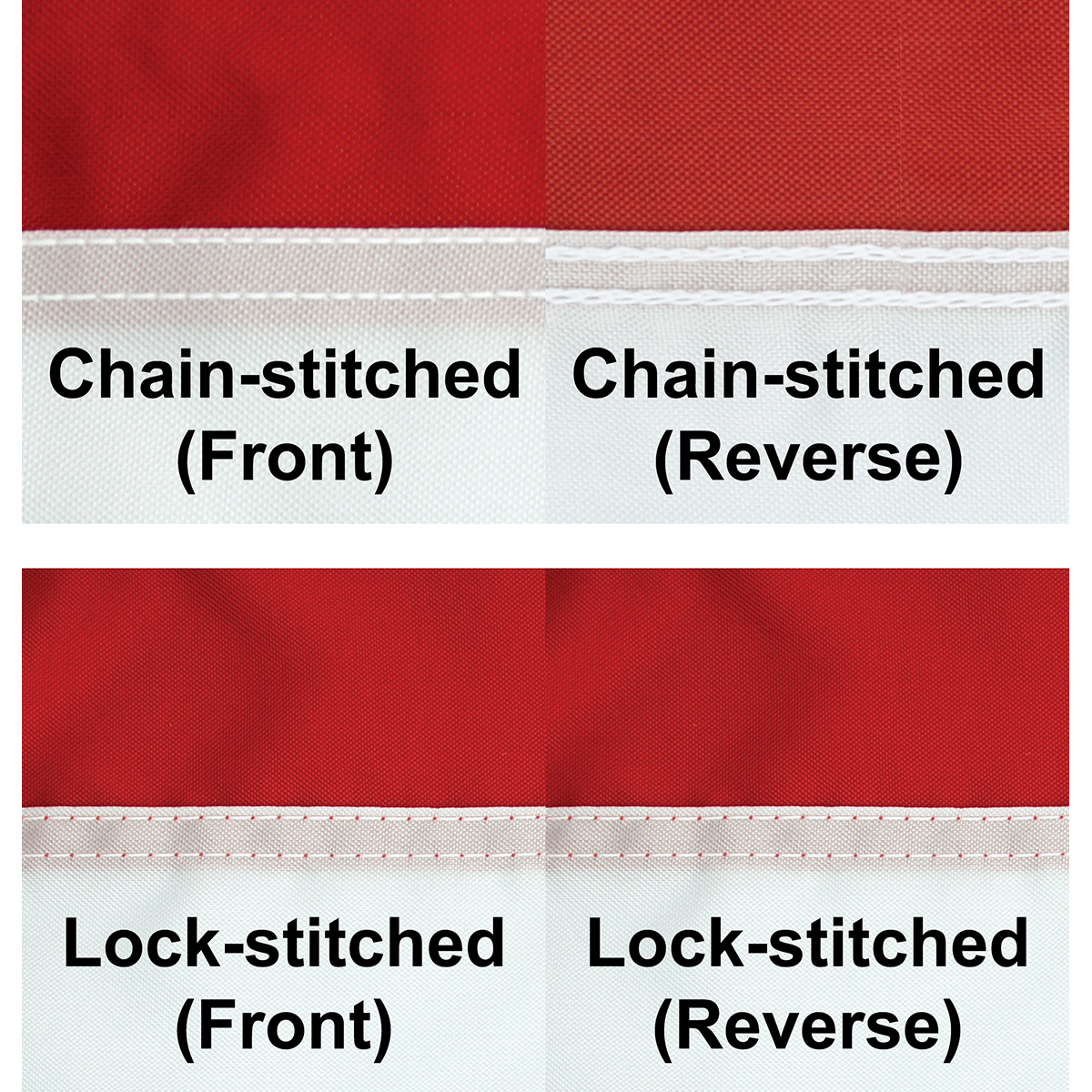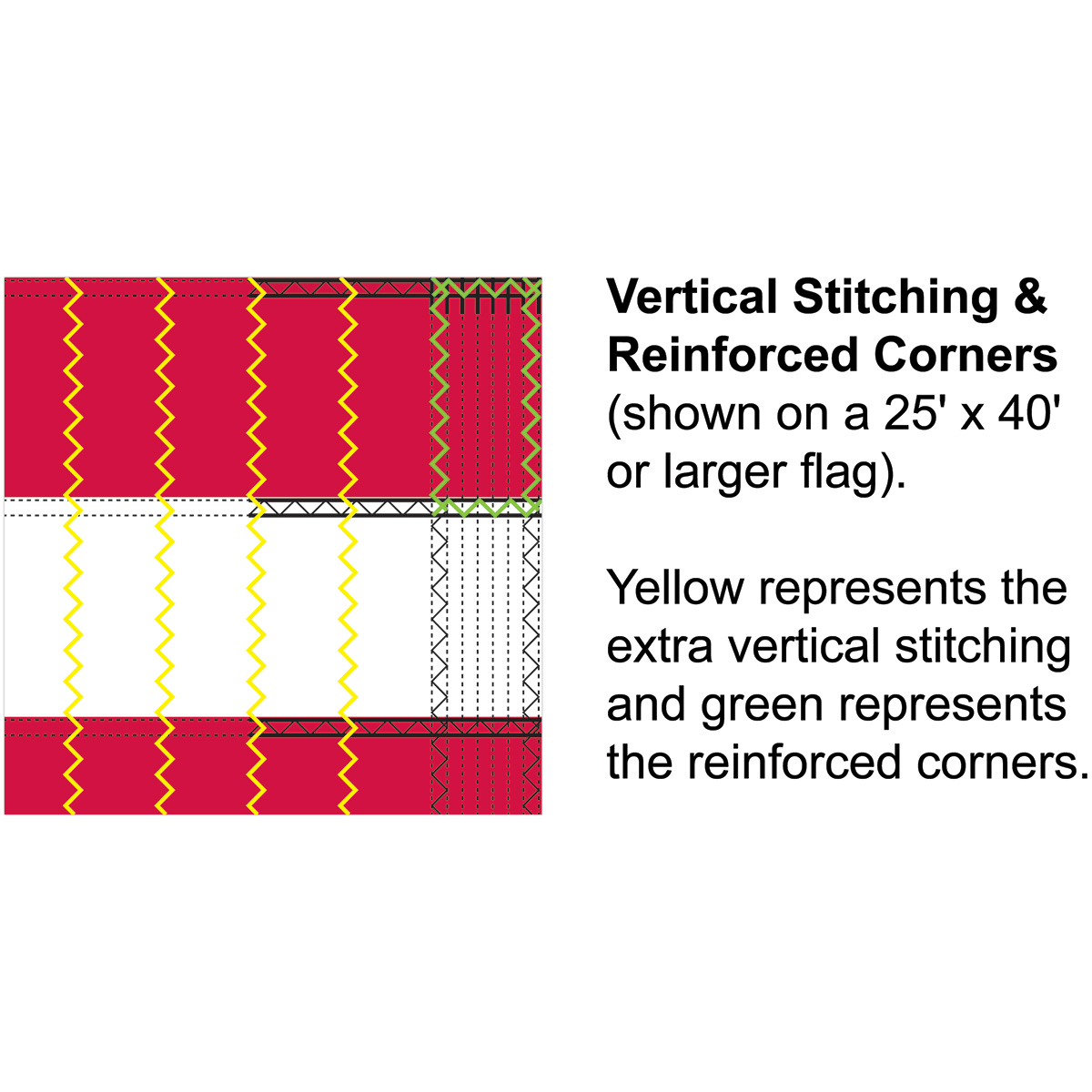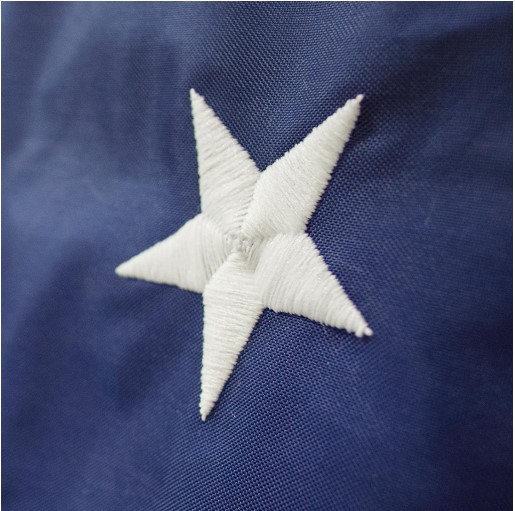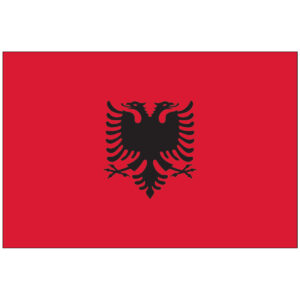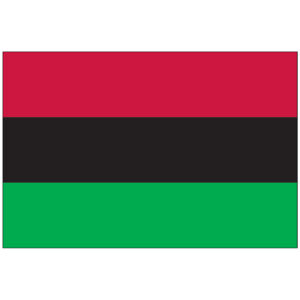About Our U.s. Embroidered Nylon Flag
On June 14, 1777, the Continental Congress passed an act establishing an official flag for the new nation. The resolution stated: “Resolved, that the flag of the United States be thirteen stripes, alternate red and white; that the union be thirteen stars, white in a blue field, representing a new constellation.” On Aug. 3, 1949, President Harry S. Truman officially declared June 14 as Flag Day. Displaying the Stars and Stripes The flag is usually displayed from sunrise to sunset. It should be raised briskly and lowered ceremoniously. In inclement weather, the flag should not be flown. The flag should be displayed daily and on all holidays, weather permitting, on or near the main administration buildings of all public institutions. It should also be displayed in or near every polling place on election days and in or near every schoolhouse during school days. When displayed flat against a wall or a window, or in a vertical orientation, the “union” field of stars should be uppermost and to the left of the observer. When the flag is raised or lowered as part of a ceremony, and as it passes by in parade or review, everyone, except those in uniform, should face the flag with the right hand over the heart. The U.S. flag should never be dipped toward any person or object, nor should the flag ever touch anything beneath it. The history of our flag is as fascinating as that of the American Republic itself. It has survived battles, inspired songs and evolved in response to the growth of the country it represents. The following is a collection of interesting facts and customs about the American flag and how it is to be displayed. The origin of the first American flag is unknown. Some historians believe it was designed by New Jersey Congressman Francis Hopkinson and sewn by Philadelphia seamstress Betsy Ross.
